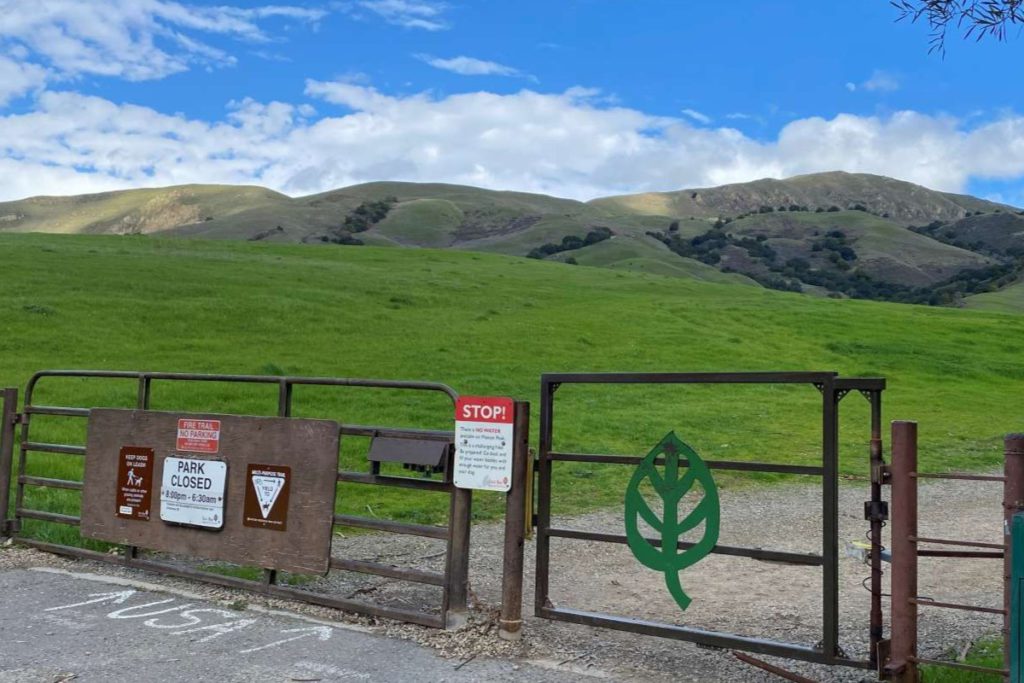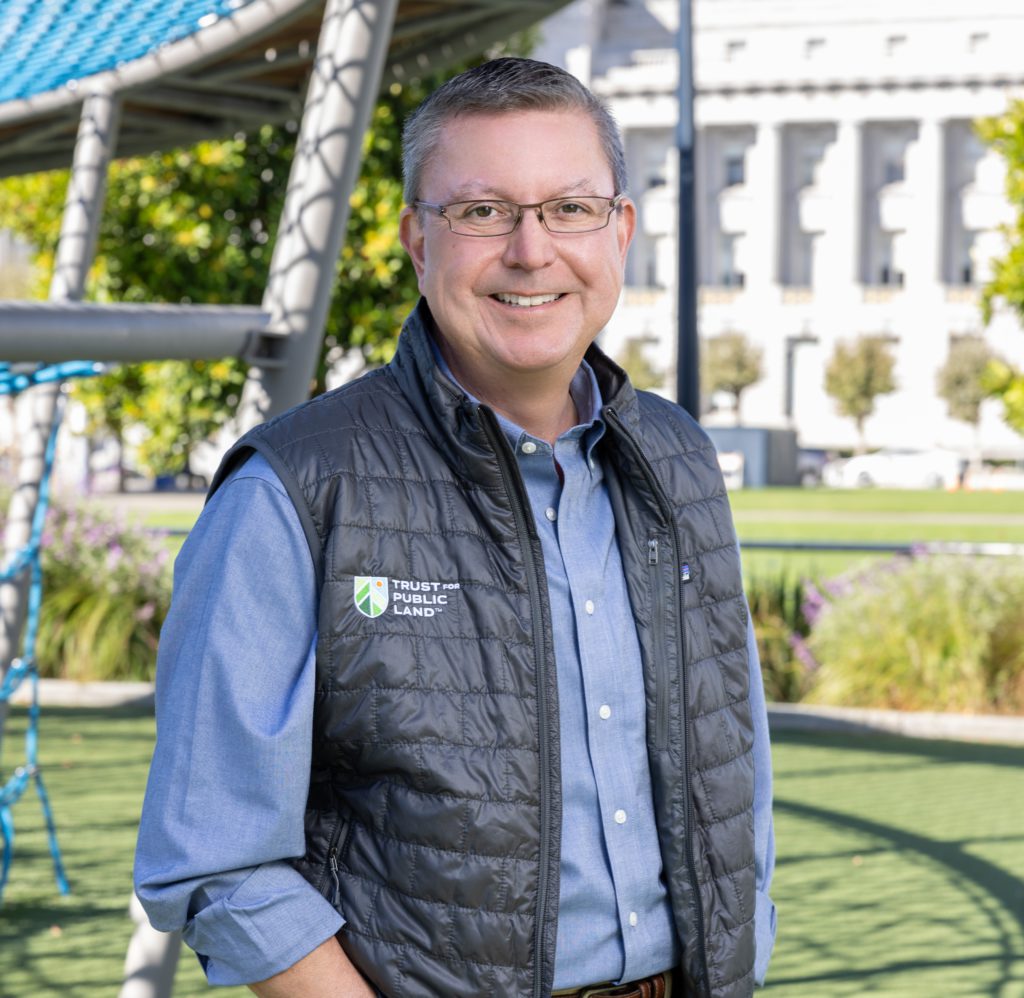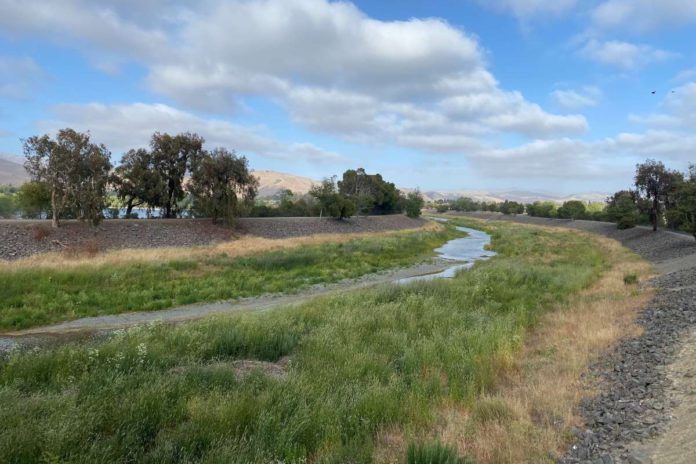The pandemic revealed the fragility of developed spaces. How human habits can change overnight, as when gathering is no longer feasible, leaving restaurants and department stores empty shells. Then, humans turn to something older, more constant: parks and open spaces. In times of crisis, people learn again how public land breaks down social and economic barriers, connecting people to their environment and to each other.
Guillermo Rodriguez, California state director and vice president for the Pacific Region for national nonprofit Trust with Public Land (TPL), spoke on the state of public land in 2025, as reflected in TPL’s ParkScore. He is proud to say he lives in San Francisco, coming in at #6 among the 100 most populous cities for park quality and accessibility.
“Public” land covers a spectrum: from National Parks to city-owned sports fields, to land owned by a nonprofit or another entity like the East Bay Regional Park District. Even privately owned land can be designated for public use.
“When we look at the polling results in red states and blue states, the one unifying aspect is that regardless of political affiliation, parks is a truly bipartison—no partisan—item that we all support,” says Rodriguez. In a recent TPL public opinion research report, 79% of respondents said they visit a local park regularly and feel comfortable spending time there, with Trump voters narrowly passing Harris voters in enthusiasm (83% to 80%).

TPL’s ParkScore rates the 100 most populous U.S. cities on five criteria: Park Access (how many residents live within a 10-minute walk of a park), Equity (whether access extends across socioeconomic groups), Acreage (median park size and percentage of city land devoted to parks), Investment (spending per resident) and Amenities (sports fields, basketball courts, restrooms, community centers).
Spending doesn’t only mean city budget; volunteer hours and money raised by “friends of” groups also represent community investment. Rodriguez says the park report card sparks local pride and “[creates] a little healthy competition among cities.”
Environmental and spiritual benefits go without saying. Parks manage storm water and sea level rise, reduce greenhouse gas, cool down cities and neighborhoods, support public physical and mental health, and serve as gathering spaces for civic engagement. Rodriguez adds, “Parks and open spaces are an important solution to rebuilding the Bay Area’s economy, to strengthening the Bay Area economy.”
Like a Dallas Cowboys Cheerleader, public land is more than a cute decoration on the sidelines: They work hard and bring in the big bucks. Imagine how much activity the Tri-City area would lose if its parks disappeared: the HERS Walk/Run/Yoga fundraiser at Quarry Lakes, Niles Canyon Railway’s historic route through the hills, Union City’s Culture Fest at Kennedy Park, Ardenwood Historic Farm, Central Park Concerts in Fremont and Groovin’ at the Grove in Newark.
Public land is an area where ordinary people can make a difference. For example, cities might not have the staff to notice when a sprinkler breaks down, or a section of the park needs a restroom or drinking fountain. But people notice in their day-to-day use. “It’s taking a moment to stop and recognize how we use our parks and open space, and then ask ourselves, ‘What can I do to make sure everyone in the region can benefit the way I’m benefiting?’” says Rodriguez.

A recent bid from Republican Senator Mike Lee to sell off public land as part of spending cuts met with bipartisan backlash, and was found in violation of chamber rules as of June 24 (according to PBS). An amended version of the bill may do better (as reported by DeseretNews) at opening up land near urban areas for affordable housing, an issue very much on the minds of Bay Areans.
Rodriguez says of housing and open space, “To me it’s an ‘and’ question. It’s not an ‘or.’” Just as there’s a push to build dense urban housing near transit centers, city planners should also consider access to parks (current or future) as a vital amenity for residents. Certainly if people don’t live in a detached house with its own backyard, the option to walk or bike to a park is that much more important.
According to Rodriguez, the challenge for the future of public land is maintaining growth, managing deferred maintenance, and innovation. He asks, “[Are local, state and federal governments] keeping up with increased demand for parks and open space? Do we have enough janitors? Enough gardeners? Recreation specialists? Because the demand is high.”
National Parks and the businesses they support are seeing the consequences from federal budget cuts, shown in a June 23 NPR story focused on Joshua Tree.
‘Just like transit hubs are critical infrastructure, so are parks…They’re absolutely critical for what makes a city great.’
Guillermo Rodriguez, California state director and vice president for the Pacific Region, Trust with Public Land
However, no matter the national story, local entities can still prioritize green space. Rodriguez says, “Cities and mayors need to ask themselves…How do I incorporate parks and open space in my city to be part of the drivers in how we rebuild, strengthen and diversify our economy?”
This summer, Fremont (#38 on ParkScore) is answering those questions by moving ahead with plans for Palm Avenue Park in the Mission San Jose District, asking for input from the community. A survey is up on the city website through July 13.
Rodriguez concluded by reflecting on the diversity of families who can be seen enjoying local parks. “I’ve been to Lake Merritt, and recall just walking around and the types of grilling that were going on—smells of different foods and cultures and ethnicities all coming together was just fabulous. That’s what parks do. They don’t judge, they’re great equalizers and a great place for people to come together.”




